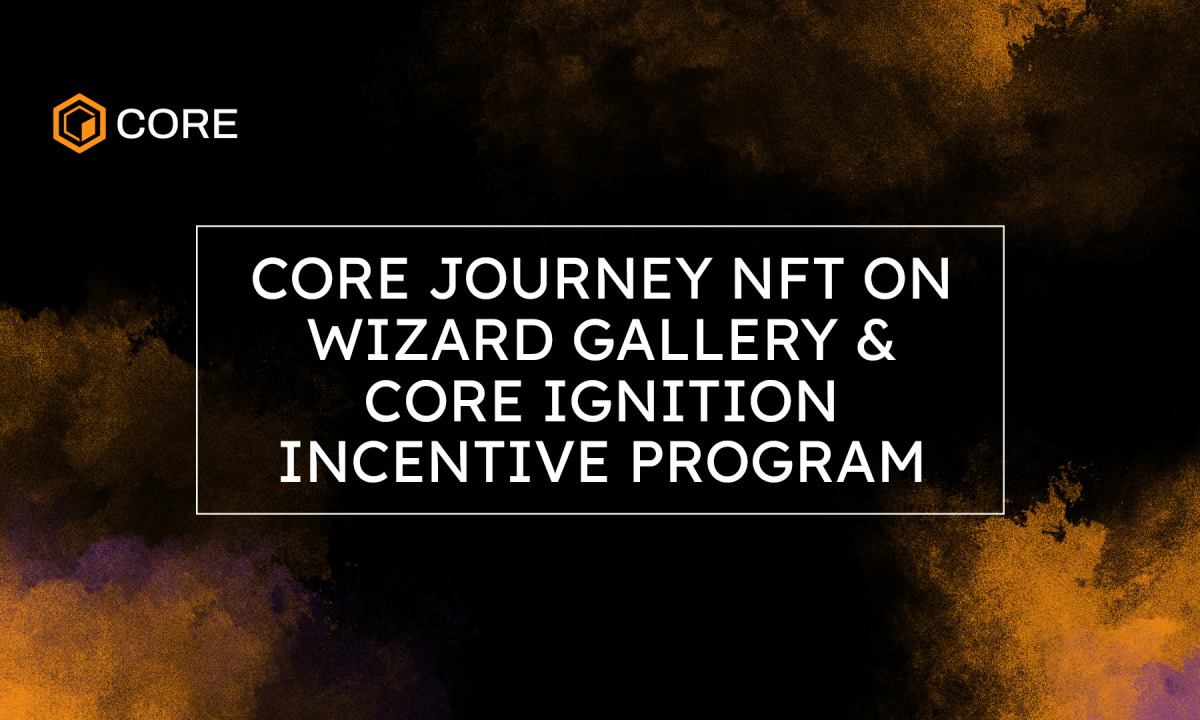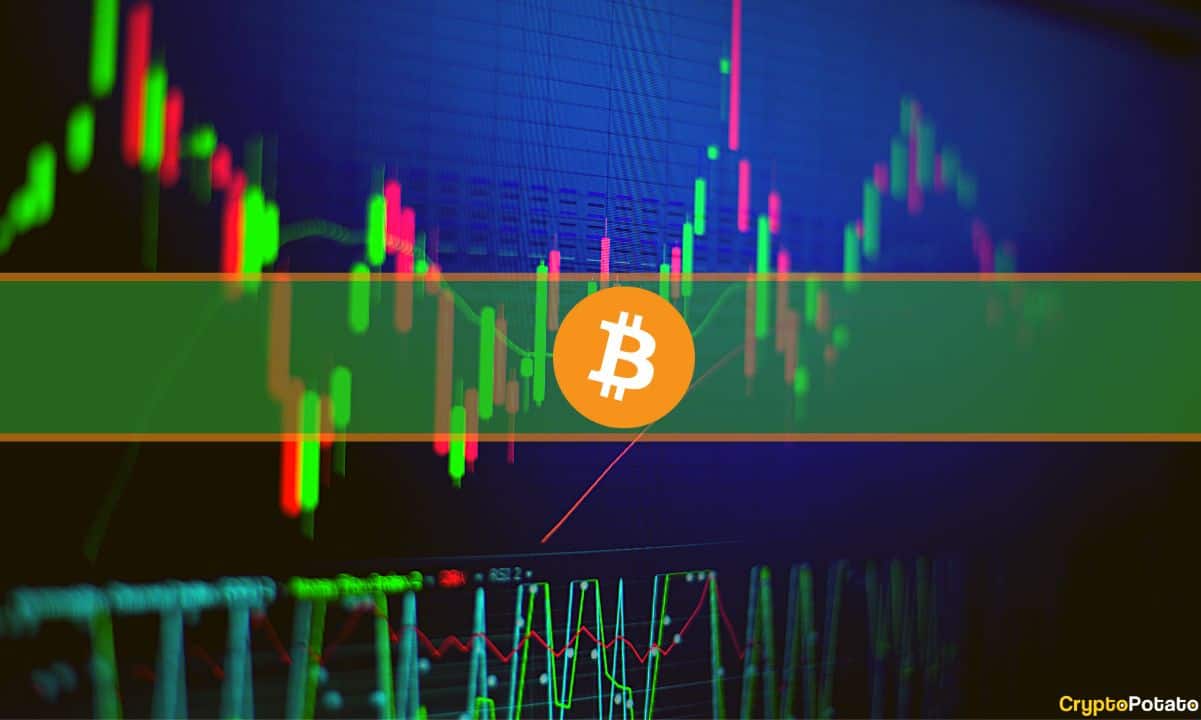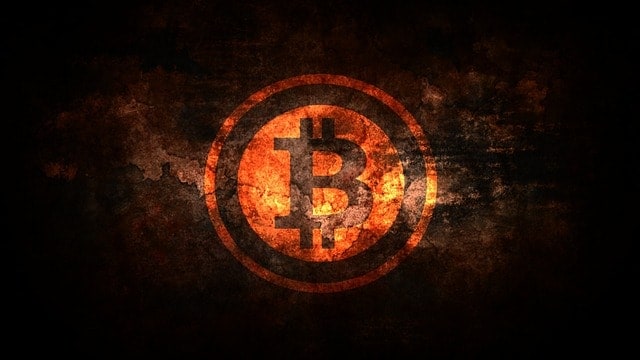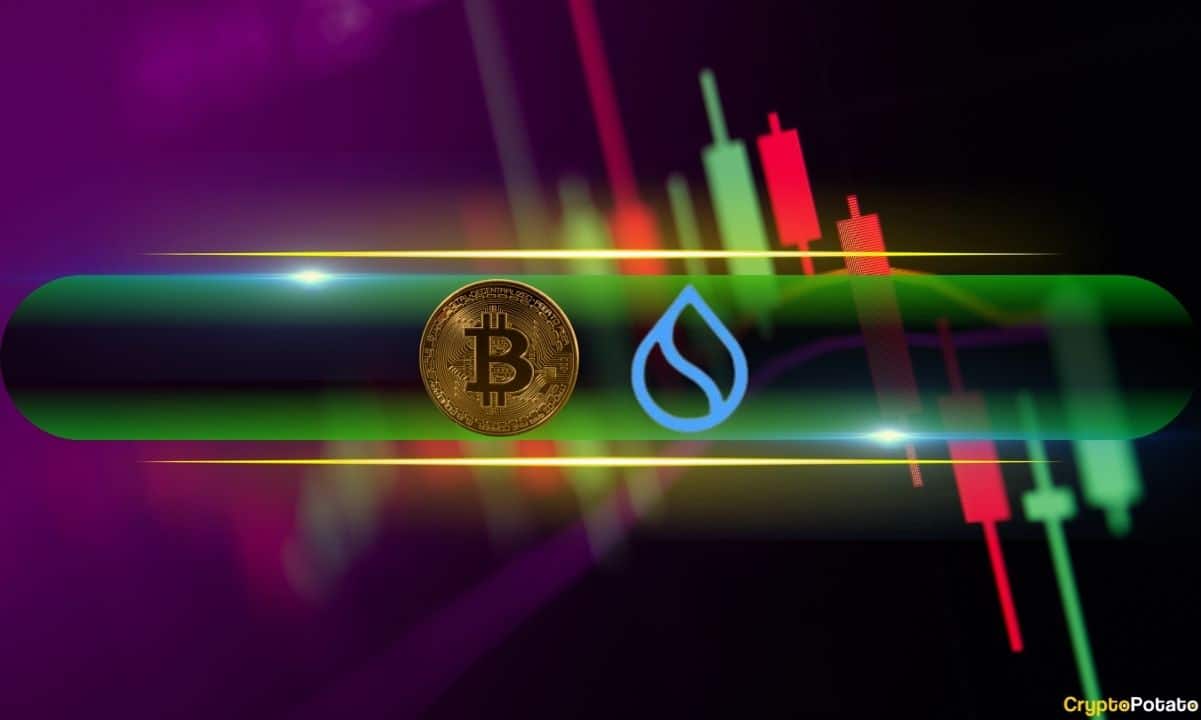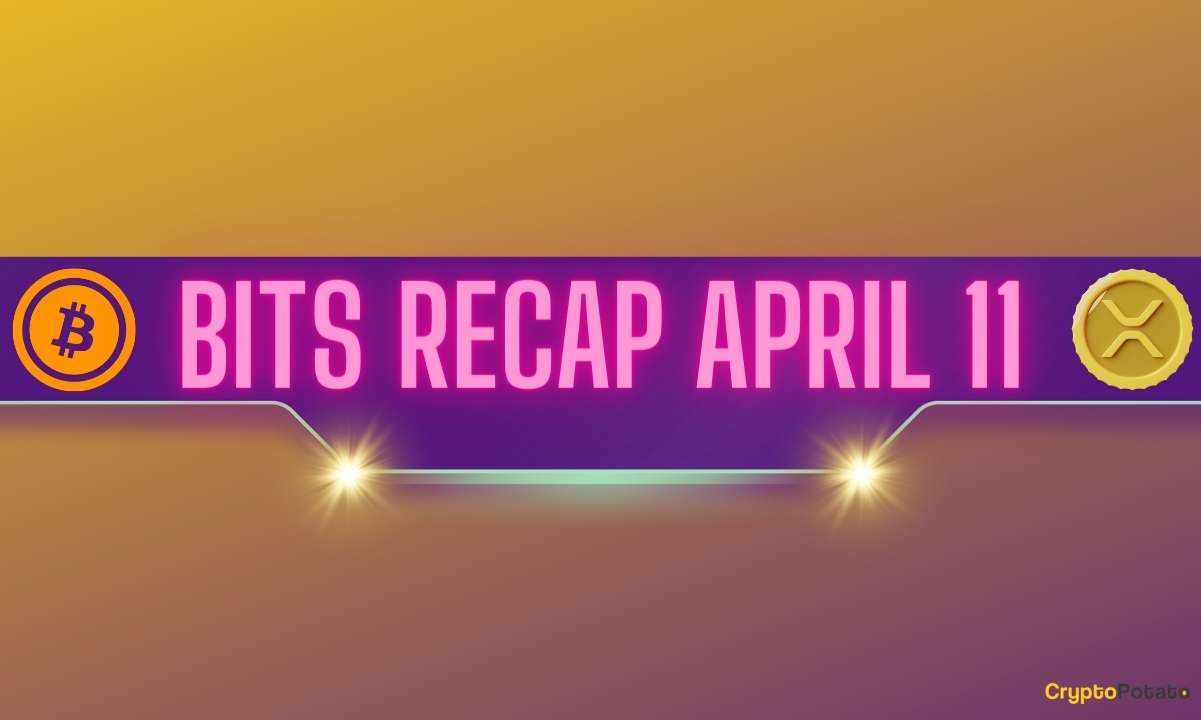Ethereum 2.0 on Track as Staked ETH Tops $3.6 Billion
In a lengthy blog post titled ‘The State of Eth2’ lead developer Danny Ryan has published an update on progress made on Beacon Chain and what is in store for 2021.
Ryan added that the separate designations of Ethereum imply a ‘false sequentiality’ in that one is being left behind for the other. Instead, the terms actually represent different layers of the stack he added.
“The terms “eth1” and “eth2” are misnomers. If I had my way, I’d toss them out forever, but the terms are pretty ubiquitous at this point so let’s at least discuss what they mean.”
The State of Eth2, Jan 2021 (from my perspective)https://t.co/VYKXfAlMXP
In English and Mandarin (thanks @ETHPlanet)!
— dannyryan (@dannyryan) January 20, 2021
Ethereum 2.0 Stats Strengthening
The numbers are what most people are really interested in, however, and they are continually improving. At the time of press, there was 2.78 million ETH deposited in the Beacon Chain smart contract according to the ETH 2 Launchpad. At current prices of $1,300, this equates to $3.6 billion and at its recent all-time high price was just over $4 billion.
The dashboard reports an annual percentage yield of 9.4% for those that have staked ETH and locked up their assets for at least another year.
According to Etherscan, the top known depositor is Kraken with 14.4% of the total followed by Binance with 10.7%. Centralized exchanges make it easy for the average person who doesn’t want to run their own hardware to have a stake in Ethereum’s future. Data from Dune Analytics suggests that more ETH is now being staked by individuals rather than single whale addresses or institutions.
Additionally, over 66,500 active validators are participating in the network with 19,000 pending according to beaconcha.in. In his latest update, developer Ben Edgington stated that only four validators were slashed (kicked off the network for harmful behavior or misconfiguration) in the past two weeks.
When Will ETH 2.0 Scale?
Phase 1, which will introduce scaling with sidechains or ‘shards’, is expected towards the end of 2021 or early next year. Ryan acknowledged that in its current state, the network cannot cope;
“It is abundantly clear that Ethereum L1 today will not, alone, provide the throughput needed to support the global demand for decentralized applications.”
He also stated that the first set of upgrades to the Beacon Chain is actively being discussed. Some of the changes proposed are improvements to validator incentives, while others bring new features to the network such as native light client support.

